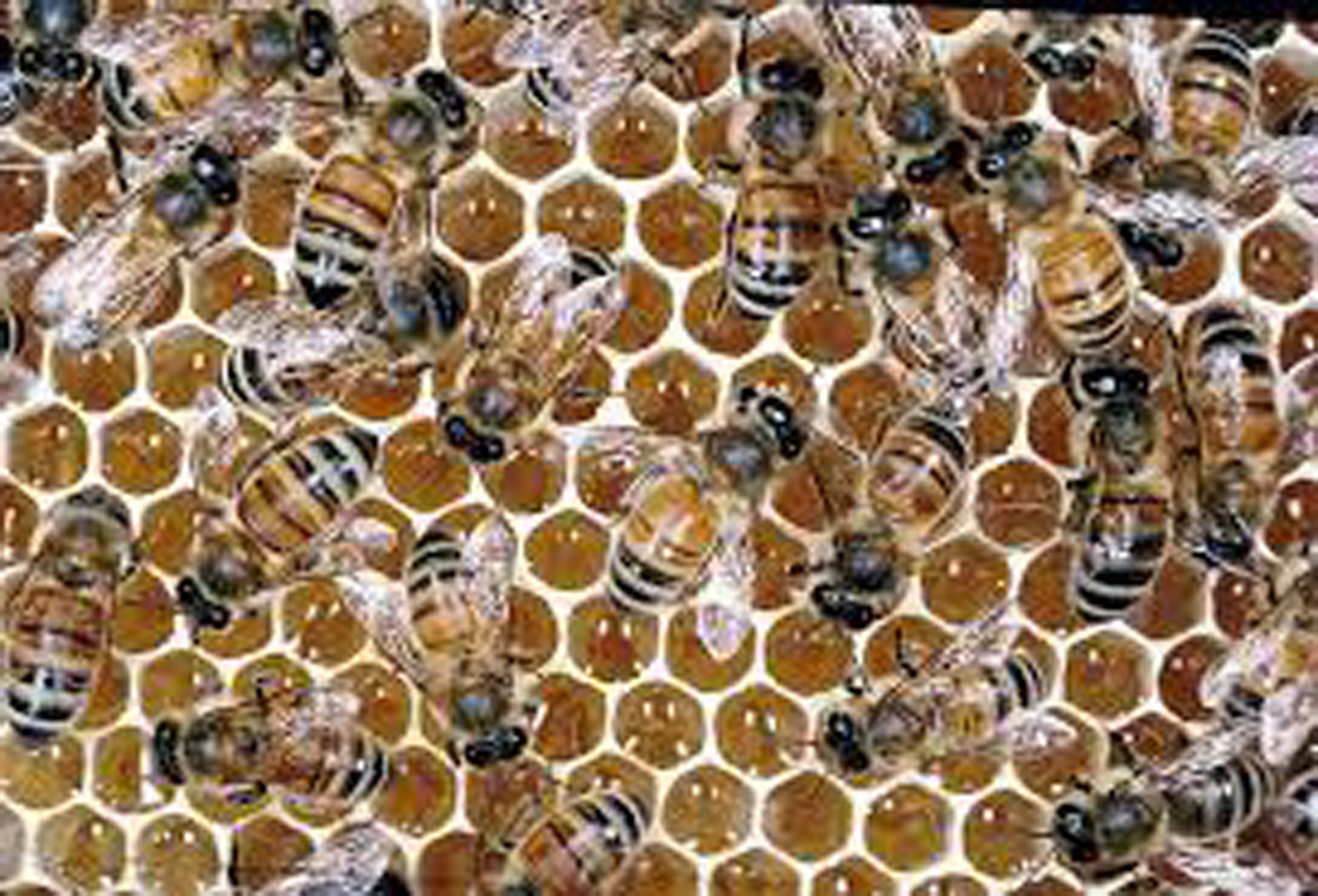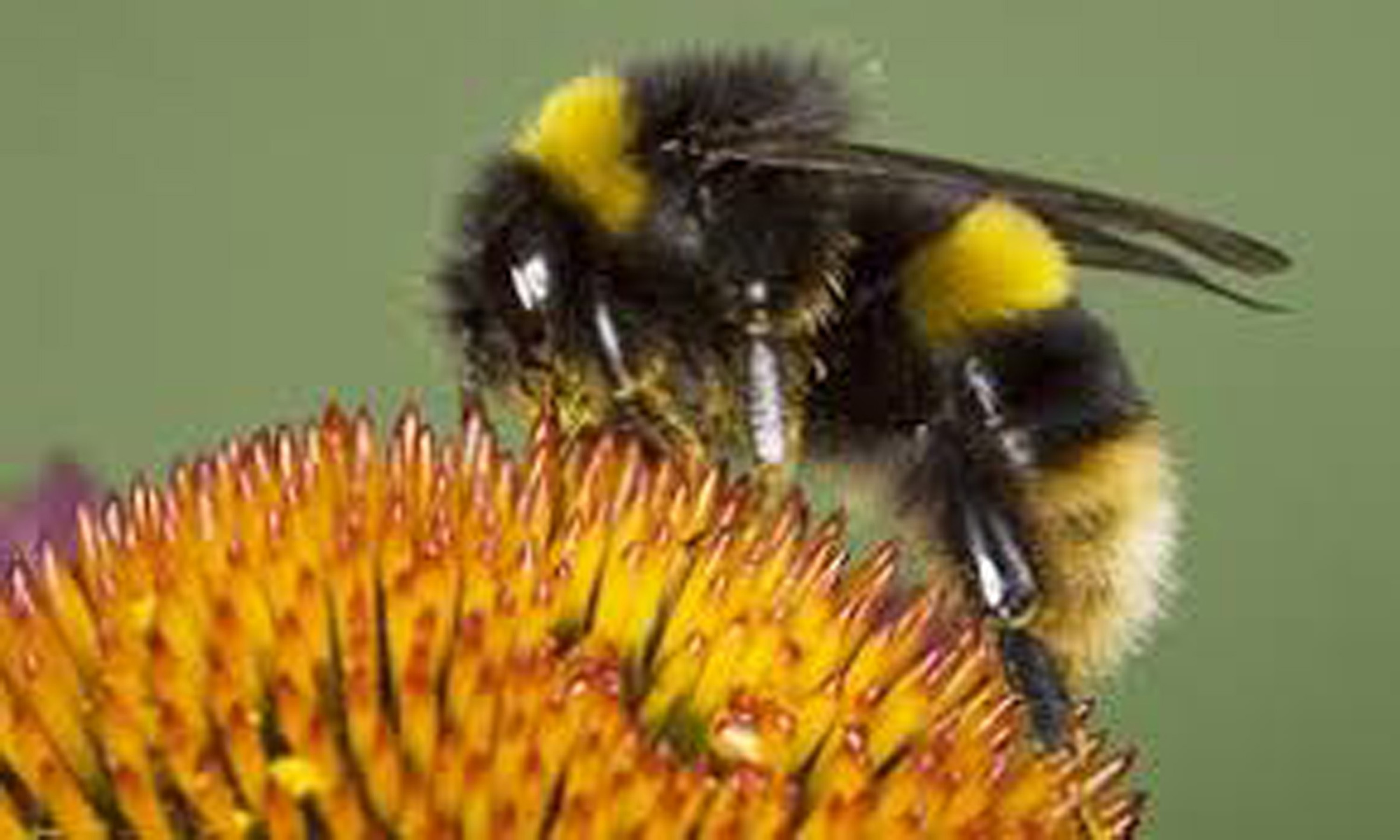Farm & Ranch
The Buzz About Bees

By Jessica Crabtree
Mention the word bees to most of the population, and you will have folks running. Most would be surprised to learn these insects are not out to hurt you and are actually extremely complex and fascinating. To the average person, bees offer a threat when actually they only render harm when feeling threatened. In this piece we will decipher between two kinds of bees, their relevance to the world and shatter myths and mystify readers with their complex life.
There are more than 50 different kinds of bees. In the United States, we are most interested in two. Number one is the bumblebee and secondly, the honey bee. The bumblebee has a conspicuous body shape. For its size and body shape, aerodynamically it shouldn’t be able to fly, but yet can, explained Red River Valley Beekeepers president, Kerry Roach.
The honey bee is known as Apis mellifera, which is Latin for honey maker. The honey bee is not native to the United States. It was imported from Europe among the first settlers. To beekeepers, honey bees are called “the Italian bees” and are revered as the most popular variety. The honey bee is just that, a prodigious honey producer who is non-aggressive. Most that are raised by beekeepers are gentle with a non-aggressive disposition. However, stepping on one or swatting at one may make a bee sting out of a protective reaction. Roach admitted, “All bees will sting, but the Africanized bee is genetically formed to be defensive and aggressive against enemies within their area.” When bees are shown on the media and being aggressive, more than likely the bees are African honey bees, a subject we will return to momentarily.
Busy Bee Bodies
The honey bee lives in colonies or bee hives. They have two pairs of wings and compound eyes. Interestingly enough, bees can communicate to each other. How you ask? Through pheromones, a body chemical that allows bees and other animals the ability to talk to each other by smell. This is done through their antenna. From these pheromones, a bee can tell whether a bee is from the same hive, a worker bee, a queen bee or if being warned about danger such as honey robbers.
To read more pick up a copy of the August 2017 NTFR issue. To subscribe call 940-872-5922.
Farm & Ranch
Managing Show Cattle Through The Winter

By Heather Welper
Husband and wife duo, Heather and Calvin Welper, are the Co-Owners and Operators or Two C Livestock, located in Valley View, Texas.
The pair’s operation has a show cattle focus where they raise and sell purebred heifers of all breeds and club calf Hereford steers.
When it comes to show cattle, the Welpers know a thing or two including how to prepare for the cold winter months and the Texas major show season run.
To read more, pick up a copy of the November edition of North Texas Farm & Ranch magazine, available digitally and in print. To subscribe by mail, call 940-872-5922.

Farm & Ranch
Double M Ranch & Rescue

By Hannah Claxton, Editor
As the sun rises each day, so do the dozens of mouths that Meghan McGovern is responsible for getting fed. Rather than the sounds of a rooster crowing, McGovern hears the bellows and bleats of a variety of exotic deer, the chortle of kangaroos, the grunts of water buffaloes, and the chirps of a lemur.
Nestled against the banks of the Red River, the Double M Ranch and Rescue, with its high game fences and deer sprinkling the landscape,s its in stark contrast to the surrounding ranches.
“Having deer is kind of like eating potato chips- you can never actually have just one,” said McGovern with a laugh.
McGovern has several herds to take care of- fallow deer, axis deer, water buffalo, goats, and bison. In smaller numbers, there’s also a few kangaroos, a lemur, a potbelly pig, a pair of zebras, a watusi, and a few horses.
To read more, pick up a copy of the November edition of North Texas Farm & Ranch magazine, available digitally and in print. To subscribe by mail, call 940-872-5922.

Farm & Ranch
Acorn Toxicity

By Barry Whitworth, DVM, MPH
With the prolonged drought, most pastures in Oklahoma end up in poor condition. With the lack of available forage, animals may go in search of alternative foods.
If oak trees are in the pastures, acorns may be a favorite meal for some livestock in the fall. This may result in oak poisoning.
Oak leaves, twigs, buds, and acorns may be toxic to some animals when consumed.
To read more, pick up a copy of the November edition of North Texas Farm & Ranch magazine, available digitally and in print. To subscribe by mail, call 940-872-5922.

-

 Country Lifestyles2 years ago
Country Lifestyles2 years agoScott & Stacey Schumacher: A Growth Mindset
-

 Country Lifestyles8 years ago
Country Lifestyles8 years agoStyle Your Profile – What your style cowboy hat says about you and new trends in 2017
-

 HOME8 years ago
HOME8 years agoGrazing North Texas – Wilman Lovegrass
-

 Outdoor10 years ago
Outdoor10 years agoButtercup or Primrose?
-

 Equine1 year ago
Equine1 year agoThe Will to Win
-

 Country Lifestyles5 years ago
Country Lifestyles5 years agoAmber Crawford, Breakaway Roper
-

 Country Lifestyles9 years ago
Country Lifestyles9 years agoJune 2016 Profile – The man behind the mic: Bob Tallman
-

 Country Lifestyles8 years ago
Country Lifestyles8 years agoDecember 2016 Profile, Rusty Riddle – The Riddle Way





